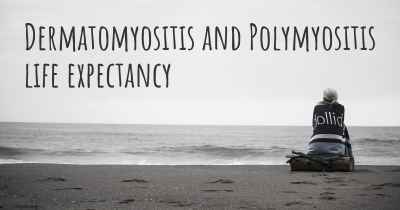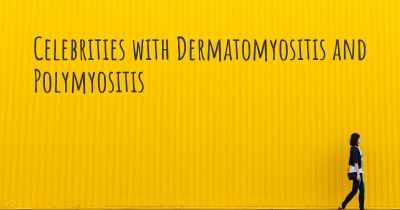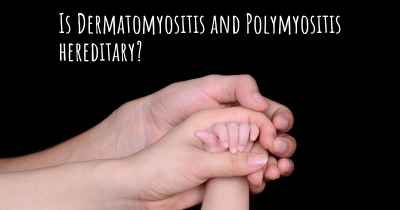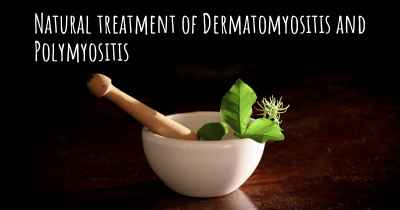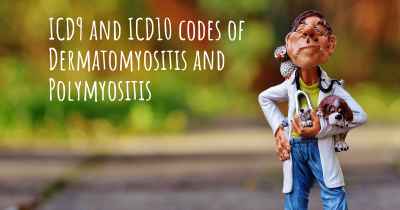How is Dermatomyositis and Polymyositis diagnosed?
See how Dermatomyositis and Polymyositis is diagnosed. Which specialists are essential to meet, what tests are needed and other useful information for the diagnosis of Dermatomyositis and Polymyositis
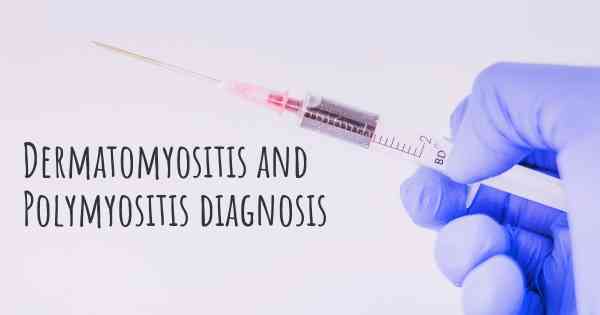
Dermatomyositis and Polymyositis Diagnosis
Dermatomyositis and polymyositis are both autoimmune diseases that affect the muscles and skin. They are characterized by muscle weakness, inflammation, and skin rashes. Diagnosing these conditions can be challenging as the symptoms can vary widely among individuals. However, there are several key steps and diagnostic tools that healthcare professionals use to identify and differentiate these conditions.
Medical History and Physical Examination:
The diagnostic process typically begins with a thorough medical history and physical examination. The healthcare provider will ask about the patient's symptoms, their duration, and any factors that may worsen or alleviate them. They will also inquire about the presence of skin rashes, joint pain, or other associated symptoms. During the physical examination, the doctor will assess muscle strength, range of motion, and look for any characteristic skin changes.
Blood Tests:
Blood tests play a crucial role in the diagnosis of dermatomyositis and polymyositis. The following tests are commonly performed:
- Creatine Kinase (CK) Levels: CK is an enzyme that is released into the bloodstream when muscle fibers are damaged. Elevated CK levels can indicate muscle inflammation or damage.
- Antinuclear Antibodies (ANA): ANA are antibodies that target the nucleus of cells. Their presence can suggest an autoimmune disease.
- Myositis-Specific Antibodies (MSAs): MSAs are antibodies that are specifically associated with dermatomyositis and polymyositis. The presence of certain MSAs can help confirm the diagnosis and guide treatment decisions.
- Erythrocyte Sedimentation Rate (ESR) and C-Reactive Protein (CRP): These tests measure the level of inflammation in the body. Elevated levels may indicate the presence of an inflammatory condition.
Electromyography (EMG):
EMG is a diagnostic test that evaluates the electrical activity of muscles. It involves inserting a thin needle electrode into the muscle to measure its response to nerve stimulation. In dermatomyositis and polymyositis, EMG can reveal abnormal electrical patterns, indicating muscle inflammation or damage.
Muscle Biopsy:
A muscle biopsy is often performed to confirm the diagnosis of dermatomyositis or polymyositis. During this procedure, a small piece of muscle tissue is surgically removed and examined under a microscope. The biopsy can reveal characteristic inflammatory changes, such as infiltration of immune cells and muscle fiber damage.
Imaging Studies:
Imaging studies, such as magnetic resonance imaging (MRI) or ultrasound, may be used to assess muscle inflammation and detect any associated complications. These tests can provide detailed images of the muscles, helping to rule out other conditions and evaluate disease severity.
Additional Tests:
In some cases, additional tests may be necessary to exclude other conditions that can mimic dermatomyositis or polymyositis. These may include:
- X-rays: X-rays can help identify calcinosis, a condition characterized by calcium deposits in the muscles or skin.
- Computerized Tomography (CT) Scan: CT scans provide detailed cross-sectional images of the body and can help evaluate the extent of muscle involvement.
- Magnetic Resonance Angiography (MRA): MRA is a specialized MRI technique that focuses on blood vessels. It may be used to assess blood flow abnormalities in the muscles.
Consultation with Specialists:
Given the complexity of dermatomyositis and polymyositis, consultation with specialists, such as rheumatologists, neurologists, or dermatologists, may be necessary to confirm the diagnosis and develop an appropriate treatment plan.
Conclusion:
Diagnosing dermatomyositis and polymyositis involves a comprehensive approach that combines medical history, physical examination, blood tests, electromyography, muscle biopsy, imaging studies, and consultation with specialists. The integration of these diagnostic tools allows healthcare professionals to differentiate between these conditions and other muscle or skin disorders. Early and accurate diagnosis is crucial for initiating appropriate treatment and managing the symptoms effectively.
Muscle Biopsy is the best way of diagnosis to determine the type of antibodies affecting the muscle.
MRI axial view on all muscle cuts
Blood tests; CPK (muscle enzyme)- ESR and CRP to check inflammation levels in some cases they could be normal
Posted Oct 21, 2020 by Omneya Ashraf 1380
Posted Mar 22, 2017 by Natalia 1070
Posted Sep 29, 2017 by Gislaine 1100
Posted Oct 7, 2017 by Daniela 400
Posted Oct 12, 2017 by alejandra 400
